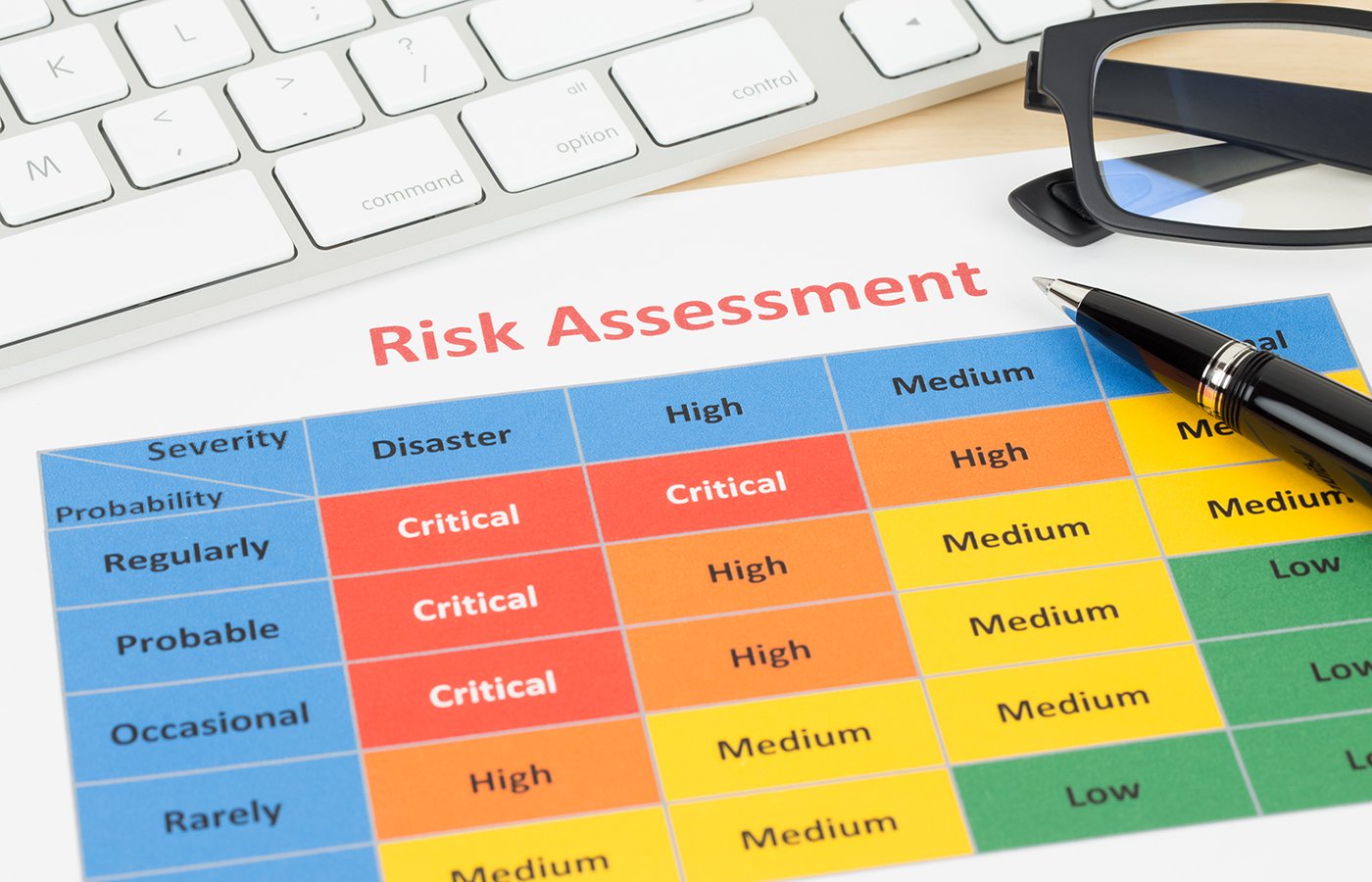Disruptive Technologies
Friday, September 13, 2019
By John Hintze
Institutional investing and trading in crypto assets have been slow to take off, but not for lack of trying by the likes of Tassat Group. It is one of a number of ventures touting institutional-strength blockchain platforms and digital-asset products with regulatory approval - others include Intercontinental Exchange's Bakkt, Overstock.com's tZERO and Cameron and Tyler Winklevoss' Gemini Trust Co. - but with a strategic architecture and executive pedigree all its own.
Known as trueDigital Holdings prior to a recent rebranding, New York-based Tassat is soon to launch a trading platform for digital-currency-based swaps, another along a spectrum of digital-asset services that it is assembling to enable banks and their customers to apply the technology.
The platform was self-certified under Commodity Futures Trading Commission rules to trade bitcoin-denominated swaps, according to Thomas Kim, who has been trueDigital/Tassat's CEO since February after serving as chief operating officer of Bridgewater Associates' Investment Engine Group.
A trading technology industry veteran, Kim had previously been CEO of UNX and held senior positions at Lehman Brothers, TradingScreen and Mandarin Capital Technologies. Previous affiliations of Tassat COO and chief information officer Kevin Lupowitz include FXall and Liquidnet. Chief commercial officer Michael Finzi had senior roles at RealTick, which was acquired by Barclays, and Instinet.
Tassat anticipates launching a swap execution facility (SEF) shortly. Traditional hedge funds and those focused on cryptocurrencies are likely to make use of it first. Ultimately, the goal is to provide more traditional institutions with access to digital assets - one of Tassat's taglines is “bridging the traditional and digital asset markets” - starting with bitcoin swaps and moving into other cryptocurrencies and derivative structures.
Reference Rates
Also on the spectrum are reference rates, currently for bitcoin and ether, that trueDigital generates from price data it collects from a dozen institutional market makers. “We aggregate the data, monitor it, apply IOSCO [International Organization of Securities Commissions] standards to the benchmarks, and punch them out on an institutional basis to our clients,” Kim said.
Those reference rates have been available since early 2019. In late August, Tassat announced a partnership with cloud-based data platform Crux Informatics to make crypto reference rates available to institutional customers.
“Our indices will provide the crypto community with institutional-grade pricing for bitcoin and ethereum” and “vastly simplify the way institutions can achieve true price discovery in an opaque market,” Tassat said. They can be used as input to trading systems, internal fair value calculations or net asset value calculations.
Another partnership, announced September 12 with AlgoTrader, will provide institutional clients with automated, quantitative trading software including direct access to Tassat's forthcoming cryptocurrency derivatives.
Commercial Payments
At the end of 2018, Signature Bank of New York announced it would use then-trueDigital's technology to create a blockchain-based platform enabling commercial customers to make instant payments 24x7x365.
Kim said that the business of tokenizing fiat currencies tied to bank deposits has “exploded” this year.
“That allows banks and investment banks to create their own digital coins and use them for purposes of payments and intraday bank transfers,” Kim explained, adding that it is the only such platform that has been reviewed and approved by New York State's Department of Financial Services.
Banks in Control
Signature began its program January 1, with each coin, or Signet, representing $1 held in a deposit account at Signature Bank. The $40 billion-in-assets bank was also one of the first to join the American Financial Exchange, which generates the Ameribor benchmark as an alternative to Libor for pricing floating-rate loans.
Ripple was one of the first to create a blockchain-based payments solution. Its XRP is tradable among banks and their customers, but the price has been volatile along with those of other cryptocurrencies.
The Tassat model, instead, enables a bank to create its own digital coins. “We partner directly with the banks and give them control over their coins and offering, to streamline payments and the process,” CEO Kim explained. “We don't have a tradable digital coin that competes against bank coins.”
An oil company using Signet can pay vendors or receive payments from customers that join on the blockchain, Kim said. Payments, domestic and cross-border, can be made on any day, anytime, whether the bank is open or closed. Payments are instantaneous, and bank clients can see immediately whether a payment is made.
Participants in the payment network must hold accounts at Signature Bank.
To exchange payments with a different bank's customers, Tassat's goal is to “stitch together a network of banks” on the blockchain, in what Kim described as “an extension of correspondent banking that would be much more efficient.”

Signature Bank chairman Scott Shay said several million dollars in domestic and international payments are made daily among the bank's institutional clients. He said that the reduction of risk as a result of instantaneous settlement has been a major draw. Clients must set up a “digital wallet” to make and receive payments, and typically each payment must, for security purposes, receive approval from a second executive at the company.
Compliance as an Advantage
Shay said that in demonstrating how Signet works, the high level of vetting that the bank performs to ensure regulatory compliance - because instant settlement means payments are final and irrevocable -- increases customers' interest.
“That turned out to be an advantage, since customers who have been thoroughly vetted by us know that other customers have been as well,” Shay said.
Corporate customers selling digital products have been especially interested in Signet, as have cargo shipment companies that manage thousands of relatively small transactions, in part because the blockchain provides a time-stamped record of the payments.
Kim said Tassat can get banks up and running on their own distributed ledgers, “forked off the Ethereum” blockchain, within three to six months. He declined to name other bank customers nor “quote the specific number of transactions, but we have had billions [of dollars] of transactions go through our system.”
Supporting the new derivatives exchange is Tassat's institutional market data service, which Kim described as “the only one of its kind not relying on retail-centric sources of data.” A host of market makers are currently providing pricing data, including CMC Digital, Genesis Global Trading and XBTO. Most use the reference rates to identify the fair market value of those cryptocurrencies, Kim said, and in another use case, hedge funds can use them to help calculate net asset values.
OTC Market Model
In March, Tassat said it had partnered with Inca Digital Securities, a data aggregation and analytics firm, and Kaiko, a provider of cryptocurrency market data, to expand the reach of the reference rates.
The reference rates should also benefit users of Tassat's digital-asset derivative exchange, who can use the data and bitcoin reference rate to more accurately price those the instruments. Tassat head of strategy Nick Goodrich described the bitcoin-denominated swaps as similar to a deliverable forward, where there is the potential to deliver the underlying asset when the contract expires.
“Instead of a fully cleared model, we'll be working off an OTC markets model more akin to an FX prime brokerage,” Goodrich said.
He added that Tassat is “finalizing workflows” with an unidentified “traditional markets prime broker” that will be the credit intermediary for the product.
Tassat anticipates launching swaps in other cryptocurrencies as well as additional derivative structures.
“The CFTC and the SEC [Securities and Exchange Commission] are each taking their own approach to classifying digital assets, and as they work through that, we will be very engaged in our ability to list additional underlying assets,” Kim said.
Flexibility for Institutions
Initially, trading interest is coming primarily from firms trading the underlying cryptocurrency, since it may have to be delivered. Those firms include proprietary trading shops as well as crypto and traditional hedge funds, Kim said.
“This gives them the ability to enhance crypto trading strategies by going long or short, and the margin products provide significant capital efficiency,” Goodrich said. More traditional institutions seeking exposure to digital assets can access the products via Tassat's central order book and, eventually, a request-for-quote platform that it intends to launch.
Tassat in July announced its acquisition of the SEF and Designated Contract Market (DCM) registrations held by trueEx, an electronic exchange for interest-rate swaps. TrueEx and trueDigital were founded by Sunil Hirani, a derivatives trading technology pioneer who also co-founded credit derivatives brokerage Creditex (now part of Intercontinental Exchange) and distributed ledger technology innovator Digital Asset Holdings.
Hirani remains an investor in and board member of Tassat.
Tassat's chief compliance officer, Fran Kenck, spent seven years as trueEx's CCO and chief regulatory officer. She has held senior-level compliance positions at National Futures Association, ABN AMRO, Commerz Futures, and Chicago Climate Exchange/Chicago Climate Futures Exchange; for CCE/CCFE, she was chief operating officer.
LedgerX as a DCM
Also on the digital-asset swap trading frontier is LedgerX, the first federally regulated exchange and clearing house to list and clear fully collateralized, physically settled bitcoin swaps and options for the institutional market. It applied for and received SEF and derivative clearing organization (DCO) licenses in July 2017 and soon after began trading those instruments.
In June this year, LedgerX received approval from the CFTC to operate a DCM. Rob Margolis, the firm's vice president of sales, said in a blog that this allowed for the launch in August of a retail trading platform for crypto-based swaps and options. LedgerX is currently seeking to expand its DCO license to include futures.
LedgerX - whose co-founders, CEO Paul Chou and COO Juthica Chou, were Goldman Sachs traders - is primarily a trading platform, in contrast to the multi-component Tassat product spectrum, and without the synergies that the latter is claiming.
For example, Kim said, a market maker or buy-side client may want to trade a digital asset such as a bitcoin swap on Tassat's round-the-clock rading platform, “and now a bank using our technology can provide them with access to capital 24/7, rather than having to wait for traditional banking hours.
“It's a win-win situation for both sides,” Kim said.
•Bylaws •Code of Conduct •Privacy Notice •Terms of Use © 2024 Global Association of Risk Professionals




